This week's edition salutes some American originals. Get a taste of culinary history in a new series that takes a look at innovators who influenced our food traditions from baseball-stadium snacks to stir-fries. A barbecue maven celebrates the Black pitmasters and restaurateurs who've spiced up this beloved cooking form. Learn how an 87-year-old Appalachian folk artist found a path through the pandemic and how the work of surveyor George Washington defined a new nation.
They're among the offerings designed to make sure you continue to enjoy what you,ve come to value from Smithsonian Associates: programs and experiences that are entertaining, informative, eclectic, and insightful.
All-American Eats
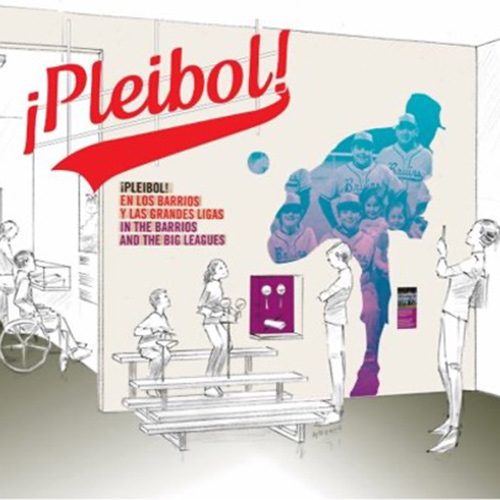 Rendering of entrance to exhibition ( National Museum of American History)
Rendering of entrance to exhibition ( National Museum of American History)
Cooking Up History, presented by Smithsonian Associates and the National Museum of American History, proves that the phrase "as American as apple pie" doesn't even cover a small slice of what defines our national identity. This tasty series of programs shares fresh insights into American culture past and present through the lens of food.
Forget peanuts and Cracker Jack. In baseball stadiums all around the country, fan food now draws from culinary traditions, fusions, and experiences that reflect broader themes and trends in American history. This influence is seen in today's stadium offerings, from the Miami Mex hot dogs and Cubano sandwiches served at Tropicana Field in Florida to the Tex-Mex cuisine at Yankee Stadium in the Bronx. In a Monday, July 26 Smithsonian Associates Streaming program that celebrates the opening of the American History Museum's exhibition ¡Pleibol! In the Barrios and the Big Leagues, a guest chef prepares a meal that represents Latinos' culinary cultures and heritage of baseball-loving families.
Lena Richard, a Black chef and entrepreneur in New Orleans, built a dynamic culinary career in the segregated South, and her 1940 New Orleans Cook Book is the first Creole cookbook written by a Black author in a time when racial stereotypes permeated the food industry. In a Thursday, August 5 program New Orleans chef Dee Lavigne prepares a classic Creole dish and recounts Richard's story, which is highlighted in the museum's exhibition American Enterprise. And on Thursday, September 30 Grace Young-known as "the stir-fry guru" and "wok therapist"- demonstrates her stir-fry expertise and shares tips on wok mastery for home cooks as she prepares a savory stir-fry of garlicky cabbage and bacon, a dish improvised in the 1940s by immigrant Lin Ong who used two common American ingredients to feed her nine children.
Register for the Programs
Black Smoke
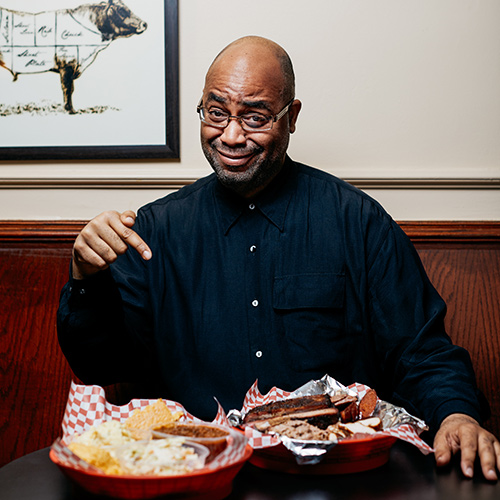 Adrian Miller
Adrian Miller
Speaking of all-American favorites, what would summer (or any other season) be like without the smoky delights of barbecue? Across the country, the pure love and popularity of barbecue cookery has gone through the roof. Prepared in one regional style or another, in the South and beyond, barbecue is one of the nation's most distinctive culinary arts. But why is it, asks Adrian Miller-admitted 'cuehead and longtime certified barbecue judge-that in today's barbecue culture African Americans don't get much love. Drawing on his new book Black Smoke: African Americans and the United States of Barbecue (University of North Carolina Press) Miller celebrates and tells the stories of Black barbecuers, pitmasters, and restaurateurs who helped develop this American cuisine in a Thursday, July 1 Smithsonian Associates Streaming program.
And if you wonder what barbecue tasted like 80, 150, and 300 years ago, learn what the Tennessee State Museum discovered in a tasting of three historic Southern sauce recipes.
Register for the Program
Creating from the Heart
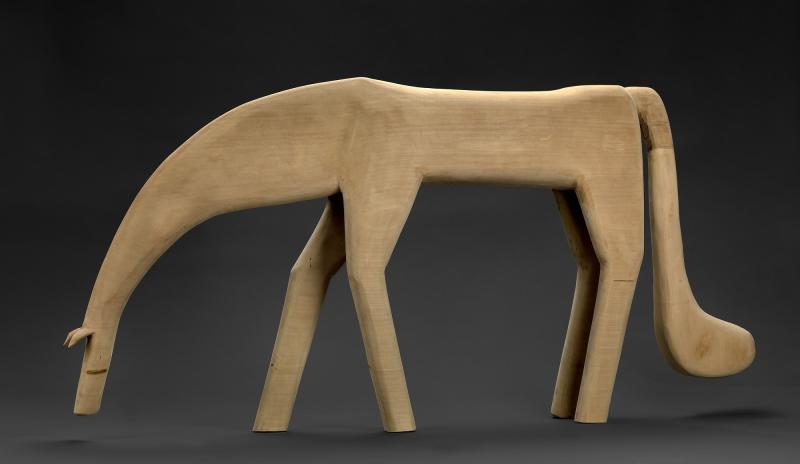 Minnie Adkins, Untitled (Horse), 1999, wood, Smithsonian American Art Museum
Minnie Adkins, Untitled (Horse), 1999, wood, Smithsonian American Art Museum
Minnie Adkins has whittled away her time through the pandemic-in the most creative way possible. The 87-year-old Eastern Kentucky folk artist has carved an impressive 187 pieces from March to September 2020 and then turned to producing 62 paintings. There was more than an artistic impulse behind Adkins' recent output. She recently told an NPR interviewer, "I don't know what I would have done without my carving for the last year because it has helped me so much to get through the lonely days." The self-taught carver took up the craft at 10 and has never stopped turning out her whimsical animal figures in maplewood. The output of a lifetime has brought her national recognition, including a prestigious award from the Folk-Art Society of America, an honorary degree, and acquisitions of her pieces by museums across the country including the Smithsonian American Art Museum. And her approach to her art continues to be a highly personal one: "You just do what your being wants to do and what your heart tells you to do."
Listen to the Interview
On the Border
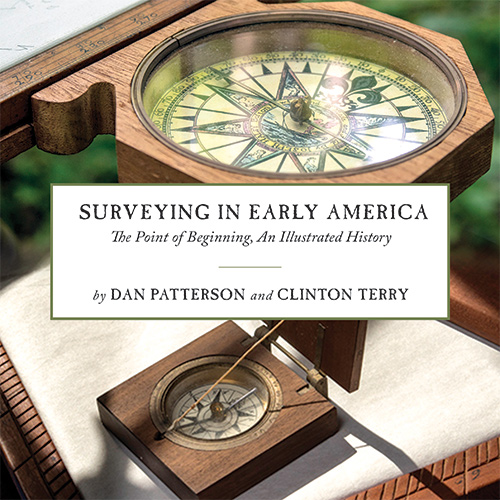
When a Belgian farmer recently moved a large rectangular stone out of the path of his tractor, he inadvertently triggered a potential international incident. He'd moved a boundary stone from 1819 that marked the Belgian and French border, extending his country's territory by just under 8 feet. Local officials met the news with amusement and a request to the farmer to cede the territory back to France by replacing the stone's location. Mapmakers eagerly await the outcome.
George Washington, Virginia's first surveyor, might have taken the incident more seriously. His field expeditions for the Department of the Geographer to the Army, staffed by American and French soldiers, played a key role in supporting the Continental forces.
In a fascinating Smithsonian Associates Streaming program on Thursday, July 8 join the team of photographer Dan Patterson and American historian Clinton Terry as they use historically accurate contemporary photos that restage the work of Washington and his men to provide an interpretive look at the art and science of surveying in the 18th century-reflecting techniques that did not substantially change until the invention of GPS technology 200 years later. The depictions provide insights into surveying as a primary means of building the nation and how early America, particularly the region from the East to the Ohio River Valley, was initially divided and documented.
Register for the Program
A Spirit of Place
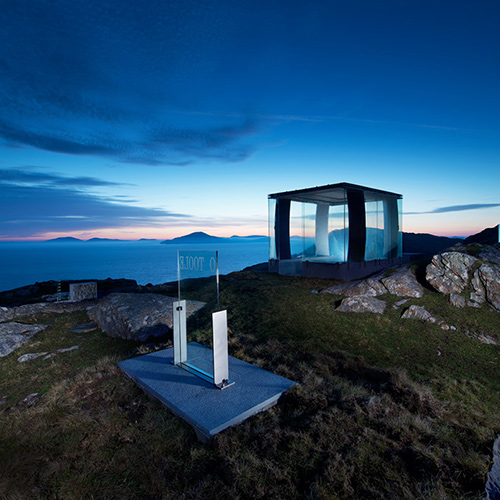 A monument, The Tale of the Tongs, dedicated to the Irish diaspora on Inishturk Island, County Mayo, Ireland (Photo: Michael McLoughlin )
A monument, The Tale of the Tongs, dedicated to the Irish diaspora on Inishturk Island, County Mayo, Ireland (Photo: Michael McLoughlin )
Travis Price's expeditions with his architectural students from Catholic University have constructed a myriad of cultural and sacred legacy markers at sites around the world, all built in an astonishing nine days each. The student projects span metaphysical Haida sweat lodges in British Columbia, a floating house on the Peruvian Amazon, a stargazing temple at Machu Picchu, a snake shrine in Nepal, and numerous Celtic sacred retreats in western Ireland. The structures tap into some of the world's deepest traditions as they honor the environments where they are built and their cultural and historical settings, while making use of the best technologies of today.
Price's own professional work as principal of Travis Price Architects in Washington, D.C., follows the same principles by incorporating ecology, mythology, and technology into each design. Join Price on Monday, June 7 in a Smithsonian Associates Streaming program in which he examines the sacred metaphors that exist in architecture as reflected in his own modern works and the global "Spirit of Place" collaborations with his students.
Register for the Program